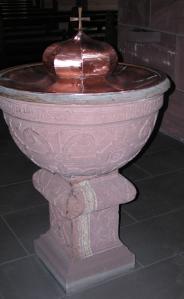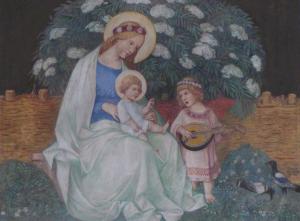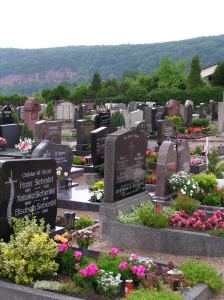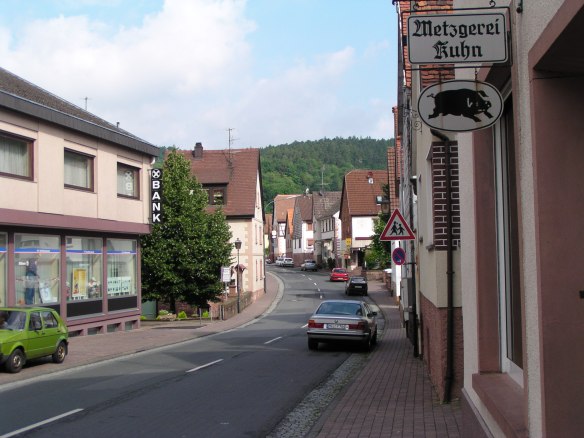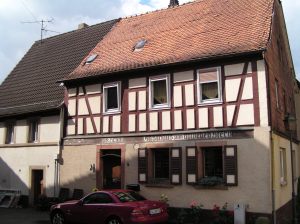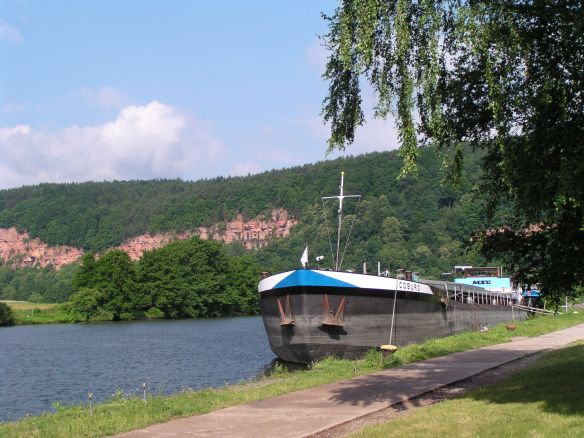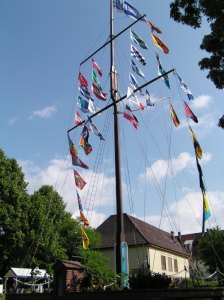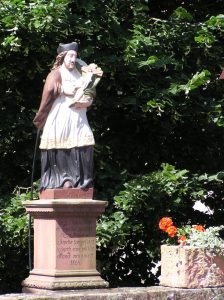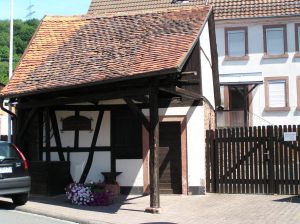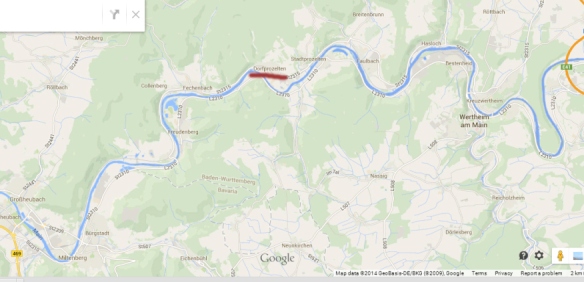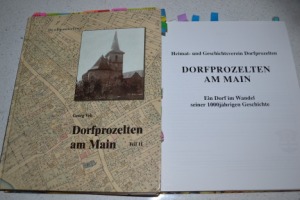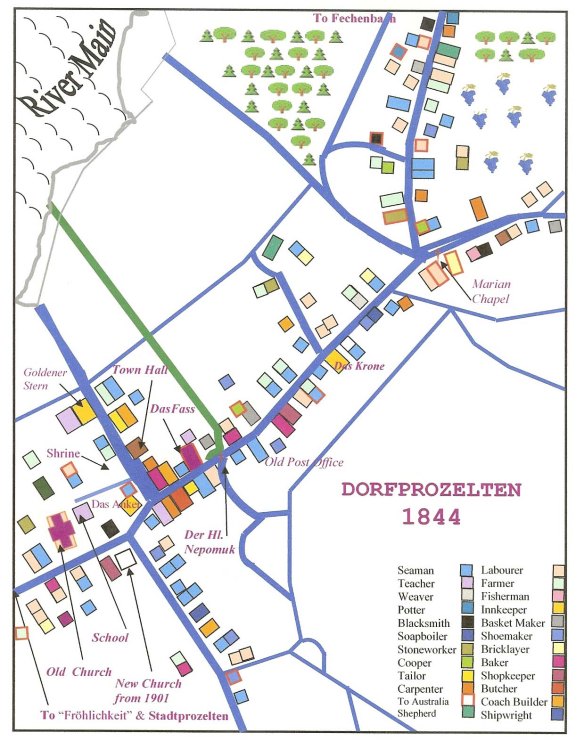I’m feeling a bit Shakespearean as I set out to tell you the story of three inter-linked families from Dorfprozelten and the confusion arising from their connections[i]. Settle in with a coffee, tea, or alcohol as this will be a long and confusing yarn.
These three Dorfprozelten families emigrated to New South Wales arriving in Sydney in 1855.
Family 1: Franz Michael ZÖLLER 49, together with his wife, Anna Maria 48 (born Krebs, later Seus then Zöller) arrived on the Commodore Perry on 26 April 1855. With them were their “children”: John Ferdinand 19, Oswald James 11, and Maria Salome 3. Also travelling with them was Maria’s daughter from her first marriage, Anna Maria SEUS, 21.

Family 2: Joseph Michael KREBS 42 and his wife Magdalena Zöller 48, also arrived on the Commodore Perry together with their daughter Maria 7 and Magdalena’s daughter from her first marriage: Genoveva 18 and Theresa Kirchgessner 11.

Note: Research through the Dorfprozelten Teil II book confirms Michael Zöller is brother to Magdalena Krebs and Michael Krebs is brother to Michael Zöller’s wife, Anna Maria nee Krebs. This means their children John Z, Oswald Z, Maria Salome Z and Maria Krebs would be double cousins, relevant for descendants looking at DNA matches.
Family 3: Dominic KUHN 35 and his wife Maria Anna nee Heuster 34, departed from Hamburg in January 1855 arriving in Sydney on 23 May 1855 on the ship Peru. With them were their children Catherine 11, Gabriel Joseph 5 and Caroline 3. This was an unfortunate journey and Maria Anna died during the journey, leaving Dominic with three young children to care for.

Regarding Anna Maria Krebs and Magdalena Zöller’s first marriages: it was very common for spouses to remarry when the other spouse died. This would often occur quite quickly eg about three months after the death. For this reason I anticipated that Dominic might remarry in Sydney but could find no evidence that he had. Perhaps Maria Anna Zöller had taken on some child-minding duties to help out their fellow Dorfprozelten friend.
Michael Zöller (later Zoller, Sellers or Sellars) and Dominic Kuhn were both trained as stonemasons, and despite arriving under the vinedressers bounty scheme, they were seemingly swapped to other employers and began work as stonemasons in Sydney. Given Sydney’s many sandstone buildings, they would have been very employable. Unfortunately, the trade has a downside as it is often associated with lung diseases from the dust (no OH&S) and early deaths were common.
DEATH: Michael Zöller/Sellars died in 1860, aged 54, of lung disease and was buried in the Catholic ground, probably in Devonshire St Cemetery which was later resumed for Sydney’s Central station. John Ferdinand, his son, was the informant and Dominic Kuhn was a witness to the burial.[ii]
DEATH: Dominic Kuhn lived until September 1879, making him not quite 56. The informant on his death certificate is William J Rose who stated he was a son-in-law.[iii]Similarly Funeral notices list him and Dominic’s daughter’s husbands (Brigden, Miller and Natly) as sons-in-law. Dominic was buried in the Rookwood Roman Catholic cemetery.
This is where I needed to turn my attention to the children’s marriages, especially those of the Zöller family, to unravel links.
MARRIAGE: John Ferdinand Zöller (Seller) married Maria Roche in 1859 at St Mary’s RC Sydney. John signed but Maria didn’t. John states he is a mason, and his parents are Michael Seller and Mary Ann Keeps. It is likely the surname mistake for Mary is by the priest misunderstanding the accent. The male witness is not a relation of John’s.[iv]
DEATH: When John Ferdinand Sellers dies at 39, the informant is Joseph Kuhn, step-brother, of George St, Waterloo. I believe this is Gabriel Joseph, son of Dominic. The parents are stated as Michael Sellers, stonemason and Mary Ann Gripps (should be Krebs).[v] This is a transcription not the actual certificate. It correctly states John has been in NSW 19 years. Strangely it gives the Minister as Rev R L King, Church of England, yet John is buried in the Rookwood RC cemetery as Sellars with an incorrect age of 32.
MARRIAGE: Oswald James Sellers marries in 1868, using the name James, at St Paul’s Church of England in West Maitland to Mary Ann Wicks. (Really, couldn’t they have diversified with their spouse’s names!) His parents are given as John Sellers and Mary Ann -. James states he’s a mason like his brother and father, though later he works as a labourer and later uses the name Oswald. The witnesses are not relations of his.[vi] My hypothesis is that Oswald may have gone to Maitland to work when he was still in his teens.
DEATH: Oswald’s death certificate was kindly provided by a descendant and once again states he’s a stonemason and that he was born in Bavaria. His parents are given as Michael Sellers and Maria Cripps. He is buried by the Catholic priest in the RC section of the Maitland cemetery in September 1903. The informant was his son Walter.[vii]
Although not living at a vast distance to each other, there doesn’t seem to have been much interaction between the brothers beyond Oswald’s presence as godfather for his niece’s baptism in 1862. Hopefully descendants may have a better idea about the interaction.
And now we reach the fun part, with the daughters’ marriages.
MARRIAGE: Maria Salome (known as Marianne or Mary Ann in Australia) marries William J Rose, a bookbinder, in the Free Church of England, 41 Burton St Sydney on 24 May 1869.[viii] Both were living at George St, Waterloo…not suggesting they were residing together. Mary’s occupation is given as dressmaker. Based on her date of birth in Dorfprozelten, she would have been only 16, and should have had approval for her marriage, though it’s not known if this occurred.
William J Rose, as mentioned earlier, acted as informant on Dominic Kuhn’s death certificate. It is likely that as a bookbinder and later auditor and alderman he was better placed to deal with English-speaking bureaucracy. BUT the questions remain:
how does William J Rose become Dominic’s son-in-law?
how was Gabriel Joseph Kuhn step-brother to John Ferdinand Zöller/Seller?
And then there’s Mary Ann Krebs/Seus/Zöller’s daughter, Anna Maria Seus, who immigrated with her mother and step-father, Michael.
MARRIAGE: Anna Maria Seus marries Johann Jacob Kuhn at the Unitarian Chapel at Macquarie St, Sydney on 7 November 1856 when she was 22. Johann was also born in Germany but as yet I’m not confident of his town of origin, though it doesn’t seem he came from Dorfprozelten. Anna Maria states her occupation as a domestic servant living in Castlereagh St, Sydney. Her parents are not listed and neither witness is a relative. Johann states he’s a baker.[ix]
The couple lived in Randwick so it’s hard to imagine they’d have had little to do with the Sellers family. They had 3 sons and 4 daughters.
DEATH: Johann’s death on 30 May 1908 is registered under Jacob Kuhn. It states that he was born in Oldenburg, Germany but no parents are known. His wife’s name is clearer this time as Anna Maria Seus.[x] Jacob was buried in the Church of England cemetery, Long Bay, now called Randwick General Cemetery.
DEATH: Anna Maria Kuhn nee Seus died on 16 August 1910, aged 76. She had lived in NSW about 55 years (correct). The informant is her son John Kuhn who thought she’d been born in Bremen.[xi] Anna Maria was also buried at Randwick Cemetery but in the Roman Catholic section. Neither she nor Jacob appear to have a headstone.
Interestingly, there seems to have been little or no interaction with the Krebs aunt and uncle who lived at Ryde, and the various Zöller branches or the Kuhns.
Are you muddled yet? I can assure you I often have been too.
One of my long-standing hypotheses, discounted by Sellers descendants, has been that perhaps Dominic Kuhn and Maria Anna Zöller/Sellers had married or perhaps been in a de facto relationship. Since I couldn’t find a marriage in the indexes no matter how many wildcards or surnames I used, I tended to think it was the latter.
Last night I did something I should have thought to do sooner…talk about a rookie omission! I looked at who was buried with Dominic (Dominigus John Kuhn) at Rookwood RC and there was a Maria M Kuhr (not Kuhn), aged 80, in 1886 – this fitted with her YOB in 1807. Others were buried with them who I don’t recognise as relatives…more research to do. The NSW BDM showed a death for Mary M Kuhn in Sydney in 1886 with parents Michael and Marion. Determined to rid myself of this long-standing ambiguity one way or the other, I ordered an express transcription from Joy Murrin.
You can’t begin to imagine my excitement and happy dancing when the certificate came through. Sure there were anomalies, but you get accustomed to that with the Germans due to misunderstandings of accents, literacy, and lack of knowledge of family in Germany.
And so we have: Mary Madeline Kuhn of Henderson Rd, Alexandria, aged 80.[xii] Her father is stated to be Michael Cripps (pronunciation), a farmer, and Marion surname unknown. But the jackpot? The informant was W J Rose, son-in-law of the deceased also of Henderson Rd. The minister and religion were not listed. BUT…spouses? John Sellers and Dominick Kuhn with 4 children to the first and none to the second. William would not have known that she’d had three marriages and survived all three husbands including Dominic who was significantly younger than her.
Another search using myriad wildcards and various surnames for Mary, still don’t reveal a marriage but plainly the family regarded it as one. My hypothesis has been proven to my satisfaction at least. It also explains the seemingly anomalous relationships of (Gabriel) Joseph as step-brother to John Frederick and William J Rose stating he is son-in-law to bother Dominic and Mary. While there are funeral notices for Dominic I can find no notices for Mary.
What do you think? Have I established the hypothesis?
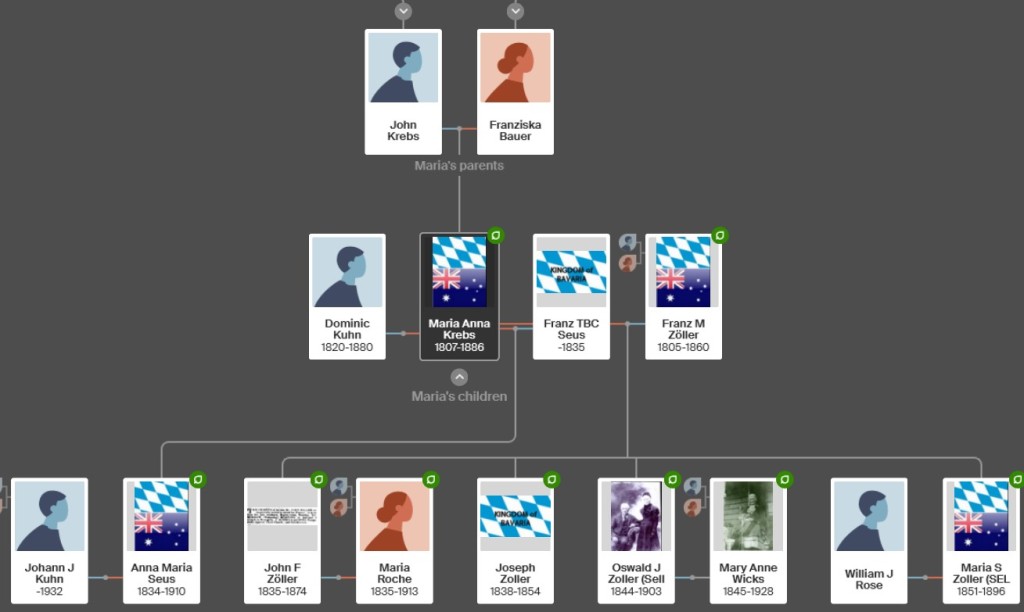
[i] Apologies to Will Shakespeare and Romeo & Juliet.
[ii] NSW death 002297/1860 certificate
[iii] NSW death 003463 certificate
[iv] NSW marriage 000752/1859 transcription generously provided by Russ Sellers
[v] NSW death 03043/1874 transcription generously provided by Russ Sellers
[vi] NSW marriage 2731/1868 certificate
[vii] NSW death 10655/1903 certificate
[viii] NSW marriage 00529/1869 transcription
[ix] NSW marriage 00675/1856 transcription
[x] NSW death 07013 transcription generously provided by Russ Sellers
[xi] NSW death 10856/1910 transcription generously provided by Russ Sellers
[xii] NSW death 5756/1886 transcription





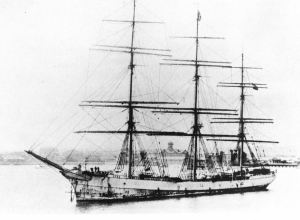










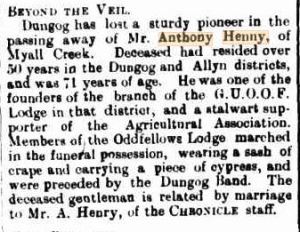

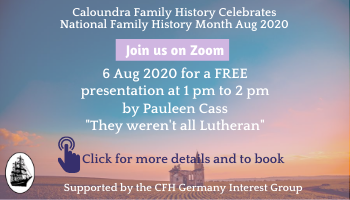 This week I gave a presentation for
This week I gave a presentation for 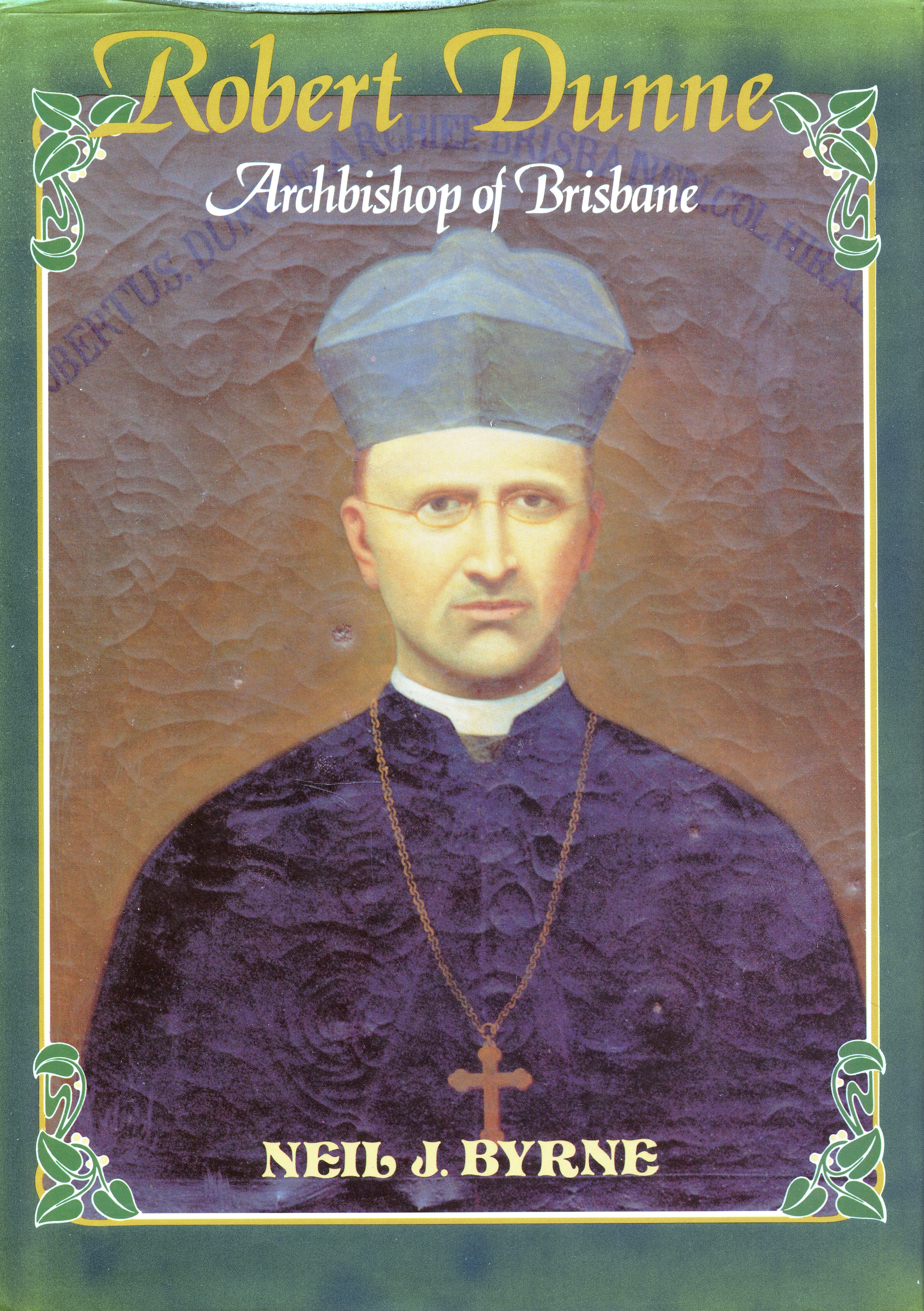 Somehow, over the years, “German” had become synonymous with “Lutheran”. Perhaps because the German Catholics were incorporated into what was essentially an Irish church, marrying spouses from other nationalities in favour of their religion. Even though they sometimes had difficulty in the early days being able to participate fully because of language difficulties, they mostly maintained their Catholic religion. In 1868, a petition was sent to Bishop Quinn of Brisbane by some German Catholics on the Darling Downs who objected to not being able to be understood by their priest, Fr Dunne. I can only assume this mainly focused on confession and general advice as the Mass would have been said in Latin as it was in Bavaria. Among the names I’ve identified four people with Dorfprozelten origins or connections: Cecilia Dümig, Andreas Diflo (from Fechenbach but with a Dorfp wife), Josef Zöller, and Carl Wörner. (Endnote 95, page 272)
Somehow, over the years, “German” had become synonymous with “Lutheran”. Perhaps because the German Catholics were incorporated into what was essentially an Irish church, marrying spouses from other nationalities in favour of their religion. Even though they sometimes had difficulty in the early days being able to participate fully because of language difficulties, they mostly maintained their Catholic religion. In 1868, a petition was sent to Bishop Quinn of Brisbane by some German Catholics on the Darling Downs who objected to not being able to be understood by their priest, Fr Dunne. I can only assume this mainly focused on confession and general advice as the Mass would have been said in Latin as it was in Bavaria. Among the names I’ve identified four people with Dorfprozelten origins or connections: Cecilia Dümig, Andreas Diflo (from Fechenbach but with a Dorfp wife), Josef Zöller, and Carl Wörner. (Endnote 95, page 272)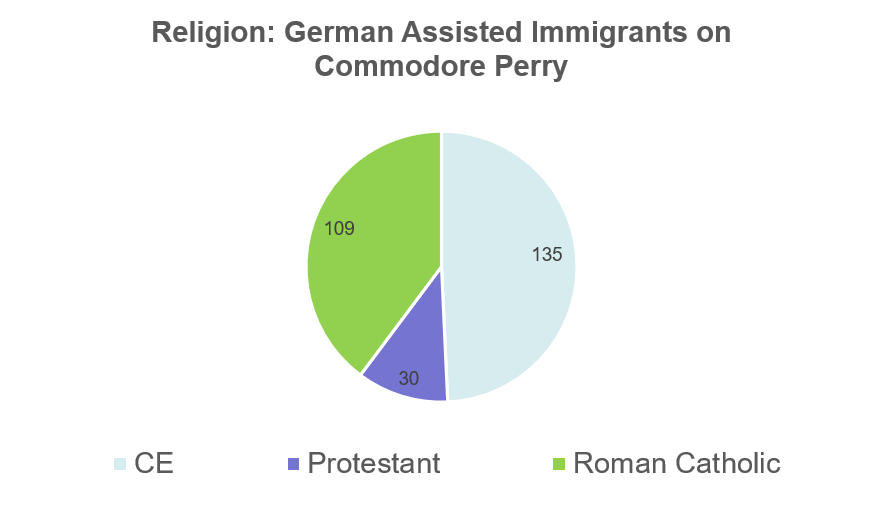
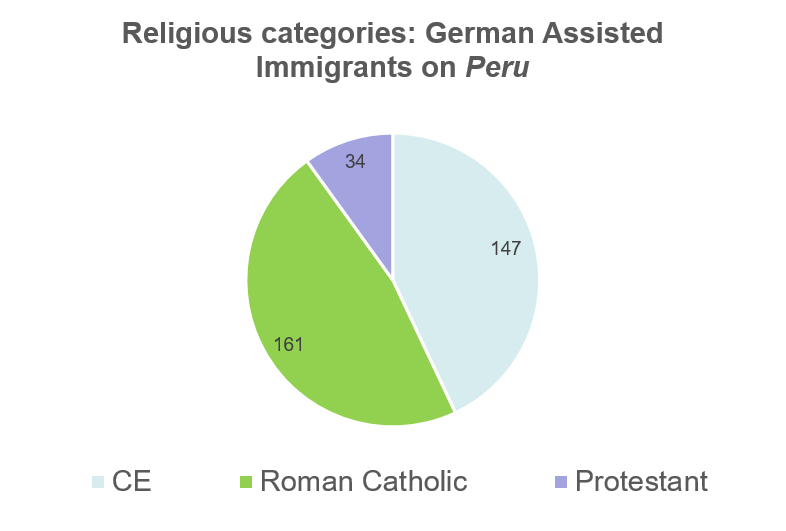
 However, the internet’s boundaries are porous and we don’t always know where our blog readership comes from, sometimes even if we burrow down into our site’s statistics. This means that to be compliant we need to ensure do our best to ensure that our blog meets the relevant privacy regulations and that our readers are aware of how we’re treating their personal data.
However, the internet’s boundaries are porous and we don’t always know where our blog readership comes from, sometimes even if we burrow down into our site’s statistics. This means that to be compliant we need to ensure do our best to ensure that our blog meets the relevant privacy regulations and that our readers are aware of how we’re treating their personal data.
